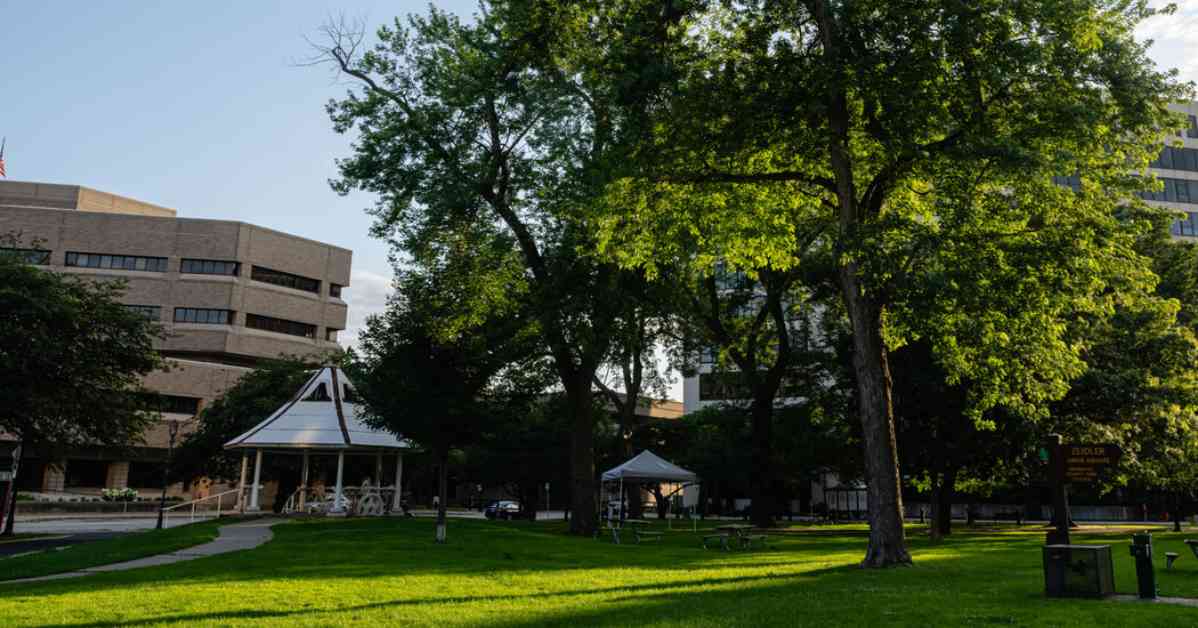Protests during the Republican National Convention in Milwaukee this week were notably smaller and less energetic compared to previous conventions, indicating a sense of exhaustion and hopelessness among those opposing Donald Trump. The demonstration zone at Zeidler Union Square remained quiet and empty, a stark contrast to the bustling and enthusiastic atmosphere inside the convention hall.
Unlike the large and passionate protests that took place during the 2016 Republican convention in Cleveland, where demonstrators clashed with police and burned an American flag, the protests in Milwaukee were sparser and less intense. Even the largest protest, organized by left-leaning groups, only drew around 800 people, falling short of the anticipated 5,000 attendees. Some protesters expressed disappointment at the lack of turnout, questioning the absence of widespread anger from Democrats, especially considering the contentious issues surrounding the Trump administration’s policies.
This subdued response to the convention is surprising, particularly given the recent overturning of Roe v. Wade and the general disdain towards Trump and Republican initiatives among progressive activists. In the past, events like the Women’s March in 2017 attracted hundreds of thousands of participants in opposition to Trump’s presidency. The subdued nature of the protests in Milwaukee raises questions about the current state of the opposition and the effectiveness of dissent in mobilizing against the Republican Party.
Despite the disappointment expressed by some protesters, the overall mood outside the convention center in Milwaukee remained relatively calm. This lack of widespread demonstrations could be attributed to various factors, including fatigue from previous protests, logistical challenges, or a shift in focus towards other forms of political engagement. As the political landscape continues to evolve, it will be interesting to see how opposition movements adapt and respond to the changing dynamics of American politics.
In conclusion, the subdued protests during the Republican National Convention in Milwaukee reflect a complex interplay of factors, including exhaustion, logistical challenges, and shifting priorities among opposition groups. While the smaller turnout may seem discouraging to some, it also presents an opportunity for reflection and strategic planning for future mobilization efforts. As the political landscape continues to evolve, it is essential for activists and organizers to assess their tactics and adapt to effectively advocate for change in a rapidly changing political environment.




